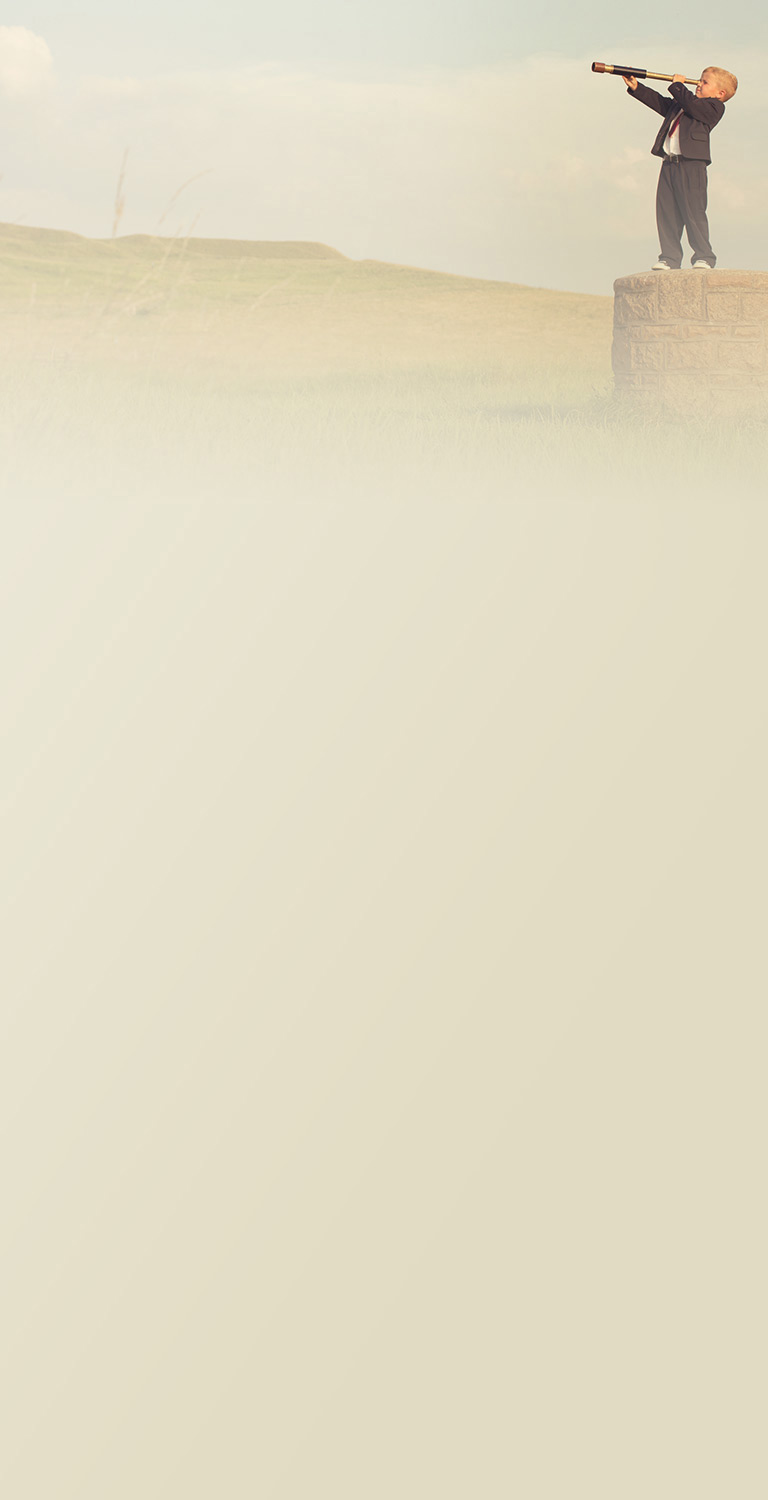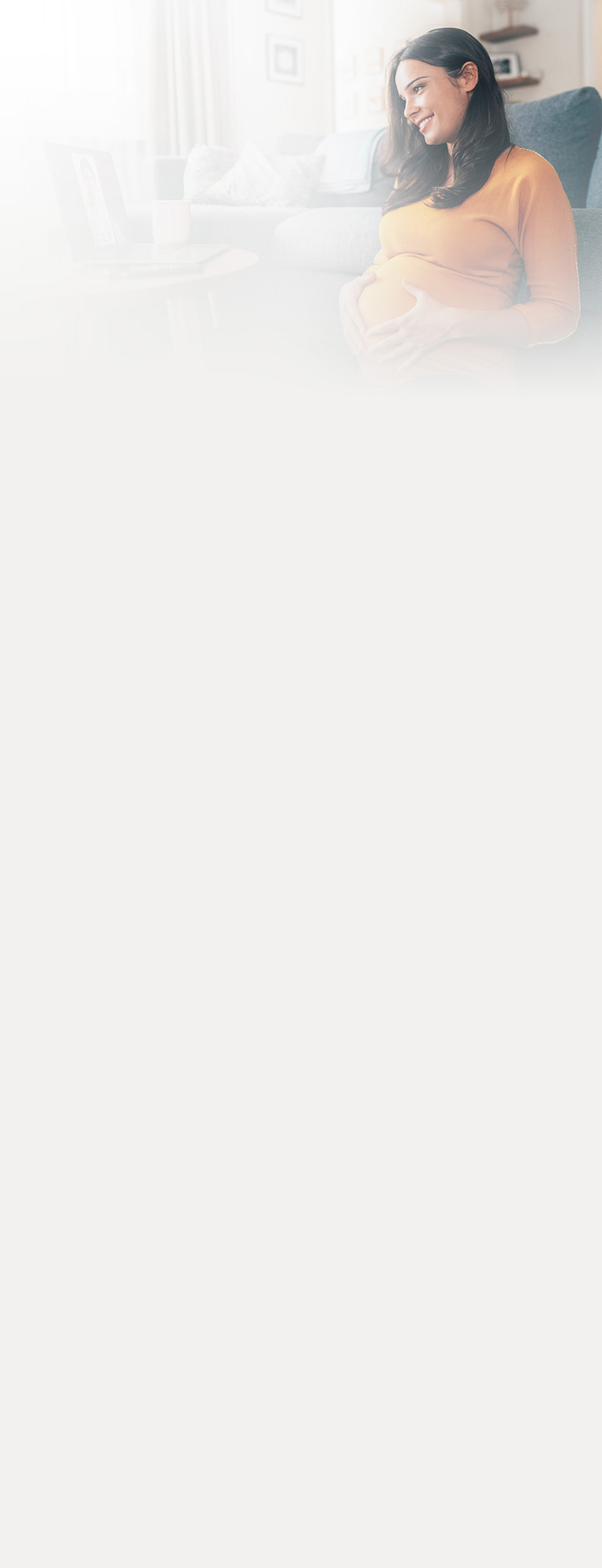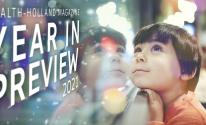
Chapter 1
A future-savvy Health & Care
Transition in progress
INTERVIEW
With Derk Loorbach, Director of DRIFT*
'Technology, economics, behaviour, culture, ecology and worldviews/paradigms. Transitions are systemic changes that result from interacting changes in all these dimensions. Transitions takes place from a dynamic equilibrium to another equilibrium through a jerky, abrupt and chaotic process. But according to the theory they do follow specific patterns of build-up and break-down. Three factors bring about this transition:
- The dynamic equilibrium leads to a decrease in resilience and diversity,
- The environment changes, which leads to tensions with the increasingly rigid regime and
- Deviations from the norm occur. There are many indications that we are now in the middle of such a process.
* DRIFT is a leading research institute in the field of sustainability transitions. They develop and share transformative knowledge to support people, cities, sectors and organisations to engage proactively with transitions.
An expected surprise
'We do not view COVID-19 as something that triggered this transition, but as an expected surprise. Many people had warned of a pandemic, but obviously it was never clear when and how it would occur. Such ‘expected surprises’ however are everywhere. If there are indications that a system is increasingly reaching its limits, then you can wait for disruptions and crises. These accelerate the transition dynamics that push us out of equilibrium. For example, we have been in the run-up to the next healthcare transition for 20 years, but the dominant system itself is very stable and resilient.
But in society, a huge shift has already taken place, with a greater focus on sustainability, digitalisation and international knowledge sharing. At the same time we have developed alternative concepts, technologies and practices, for example around social obstetrics, public health, positive health. COVID-19 is increasing the societal pressures on the health care system from society and accelerating investment in and support for alternatives. Ideally, we will now see a more profound shift to a society based on health with a largely reduced health care-system.
20 years
in the run-up to the next healthcare transition

Transition management
Transition management is an approach developed to help guide and accelerate desired transitions, that requires determining a direction and formulating missions. Transition management consists of four dimensions. First, an analysis of where the current system is failing and identification of the design principles for a health system in the future. The second focuses on building new ways of thinking, working and organising, such as developing an integrated health policy, training the future workforce in the health sector differently and developing new technologies that serve those guiding principles.
The third is about adapting the existing system, changing the existing rules, regulations and conditions so that the new practices break through. How are people assessed and rewarded? What is being made possible? How are things regulated legally? The final dimension is about phasing out. This is simple for food and energy: coal-fired power stations are being closed and intensive livestock farming is being phased out. But you can also phase out in healthcare. If you are going to invest in prevention, you need to cut back in cure and care.
Towards a resilient society
The greatest possible diversity of relevant perspectives is essential for such a transformative, mission-driven, innovation policy, in which the building, converting or dismantling of the current system is examined. Transition processes furthermore need to start from a future vision of health beyond the present system and look for promising alternatives that are not present in the current, but could be part of the health system in the future. Examples are a healthy environment, healthy mobility, debt breathing space and new food initiatives. People now see that things must and can be done differently. Where these transitions are visible on a small scale, they can already be used as a starting point or as a building block for the new system. It is a long and tough process. But I see progress. Together we are working on healthy communities and a vibrant economy in a resilient society.'
An exceptional collaboration
The development of the STRIP-1 test robot for COVID-19
During the COVID-19 pandemic, public and private parties see the urgency of working together more than ever before. In 2020, researchers from the Hubrecht Institute (KNAW) and biotechnology company Genmab, together with many other collaborating partners, came together and developed a robot that can process up to 20,000 samples per day for testing for SARS-CoV-2. The robot, called STRIP-1, can do more tests in less time than all known devices. In addition, all samples can be followed accurately throughout the entire process because they have a barcode that is scanned several times during the process. This also makes it possible to automatically link the results of the test online to the persons tested. Because STRIP-1 can work with very small volumes, less of the globally scarce materials and liquids are used per test. The costs for conducting a test will also be considerably lower than at present. Finally, the far-reaching robotisation takes a lot of pressure off the lab technicians.
Martijn Bosch, Genmab: ‘The challenge was not only developing a robotic system, but also adapting the entire testing chain. From sample collection and logistics to the test itself and the reporting, actually the entire process from patient to test and back again. That is why a growing number of organisations became involved in this large project, and it became a special collaboration between academia and business.’
The robots are not only useful for the current COVID-19 pandemic. Thanks to their modular construction, they can be used for future pandemics too. That will allow a lot of testing to be done immediately without burdening regular diagnostics.
Watch the animation that explains the testing infrastructure, including the robot, and its benefits!

Future-savvy and mission-oriented images
Fuelling collective actions for desired societal and economic impact
What will health and care (H&C) in the Netherlands look like in 2030, based on the five missions drawn up by the Dutch Ministry of Health, Welfare & Sport and published in the H&C-coalition's Knowledge and Innovation Agenda 2020-2023 (KIA)? This question is answered via inspiring and informative future images developed by experts representing the national H&C-coalition, that has its collective activities coordinated by Top Sector Life Sciences & Health (Health~Holland).
Participating in society
These H&C-2030-images were published on 9 March during the 6th LSH Public-Private Partnership Day. During a live interactive Zoom session, the future images from Missions II and III were introduced in more detail by Hans Rietman (Professor, University of Twente), Roland Friele (Deputy Director, Nivel) and Madelon Kroneman (Senior Researcher, Nivel). Following these introductions, a lively dialogue emerged, moderated by Nico van Meeteren (Executive Director, Health~Holland) between the three colleagues and the live online public.
The session was extra intriguing as Madelon Kroneman almost literally copied parts of the vision of the KIA in her introduction. That is because she represented not just one but two of the main quadruple-helix partners of the H&C-coalition in her roles as both a researcher and an experiential expert using a wheelchair in daily life. Whereas scientists focussed on innovative devices, preventive biomarkers and artificial intelligence, Kroneman was concerned about her participation in society, and more specifically, about her options to join family and friends going out for a drink in the pub every once in a while.
Whereas Mission III strives for a 25% increase of participation in society by 2030 for people with chronic diseases, Madelon deliberated from her own experience. ‘There is still a lot of work that needs to be done to fulfil this mission. Just visiting friends already poses very practical problems. Going by train requires a place to be reserved in advance, and not all train stations are accessible for disabled people’, she states. ‘Moreover, try to build new housing estates so that these are accessible for everyone, so without a staircase at the entrance of the house.
Before disabled people can actually participate everywhere and every time, the right contexts and tools need to be in place. And these need to be highly functional, not just for young and healthy citizens. That means those tools need to be designed to meet everyone’s needs. So please, involve disabled people in the process, and understand their context and lives. That’s how we really solve these issues together!’
Van Meeteren fully agrees with Kroneman. He invited colleagues, professors and companies to sort of ‘’shadow’’ people; spend several days in the lives of people with a disability and then experience how a number of wonderful innovations and technologies are still difficult to seamlessly incorporate into their lives. As Madelon pointed out, simply visiting friends presents many issues. ‘It should be possible in all respects; that should be the future!’

Care in the right place
‘Accomplishing Mission II is absolutely vital’, states Hans Rietman, triggered by questions from the audience. ‘Because otherwise one in four people will have to work in healthcare by 2030, which is both unaffordable and undesirable’, continues Rietman. Mission II’s goal is that by 2030, 50% more care will be organised in a person’s own living environment together with the network of people around them, than is currently the case. But how do we achieve this mission, as explained in the image? ‘Prevention is key, and we need to make use of artificial intelligence’, states Rietman. ‘For example, by measuring data (blood pressure, blood value, etc.) from people in their home situations. Such data can be used to predict the likelihood that a person will develop a specific disease that will eventually evolve into a chronic condition.’
‘Moreover, if you have a certain disease, you don’t need continual hospital check-ups. These can also be done via eHealth tooling in the home environment. Today’s devices permit measuring real-time body movements everywhere using quite simple sampling methods. The patient can then intervene as needed knowing that various remote artificial or professional decision-support options are available. It is envisaged that these tools will help people to adhere to their lifestyle programmes or choose the right nutritional values when shopping, cooking or ordering food at a restaurant.’ And they can also support or coach people in home treatment if that is required. Moreover, in response to one of the Zoom colleagues, Rietman emphasises the importance of public-private partnership contributions to realising these innovative support systems needed to get a grip on the activities, products, and services that will help realise this mission.
Roland Friele points out the need for specific attention for the social aspects of the living environment. He believes that this is just as important as the physical environment, which is in line with a Zoom colleague’s opinion. ‘We should not only think about technological innovation or social innovation as how do we set up a better disability benefit desk?’. Alternatively, everyone should have access to the wide variety of wonderful technologies that have been devised, aided by fair and good prices and payments’, says Friele.
‘So we have to combine both stories, with on the one hand prevention and on the other hand the opportunities in medtech, the physical, administrative and social environments, rules and regulations, finances, etc. And I think that’s the big challenge; to really merge those worlds into one: the real world’, and most of the Zoom audience agrees with him.
Going hand-in-hand
Social and technological innovations
Finally, van Meeteren concludes, based on the audience’s enthusiasm and the three colleagues in dialogue, that it looks like everyone wants to participate in the transition of health and care. ‘I am very optimistic about the efforts we are all making in this transition. A lot of people in many roles are willing to cooperate, inspired by the VWS missions and instructed by the future images for these. Therefore, I call upon everyone to join Hans, Madelon, Roland and this national H&C-coalition. Let’s get the job done together and strive for the impact that we not only want but need!’
*Would you like to contribute to the dialogue, or do you have any questions, suggestions or comments regarding the missions and their future images? Then please feel free to send an email to kia@health-holland.com. All input will be carefully considered by the H&C-coalition via the executive office of Health~Holland.










